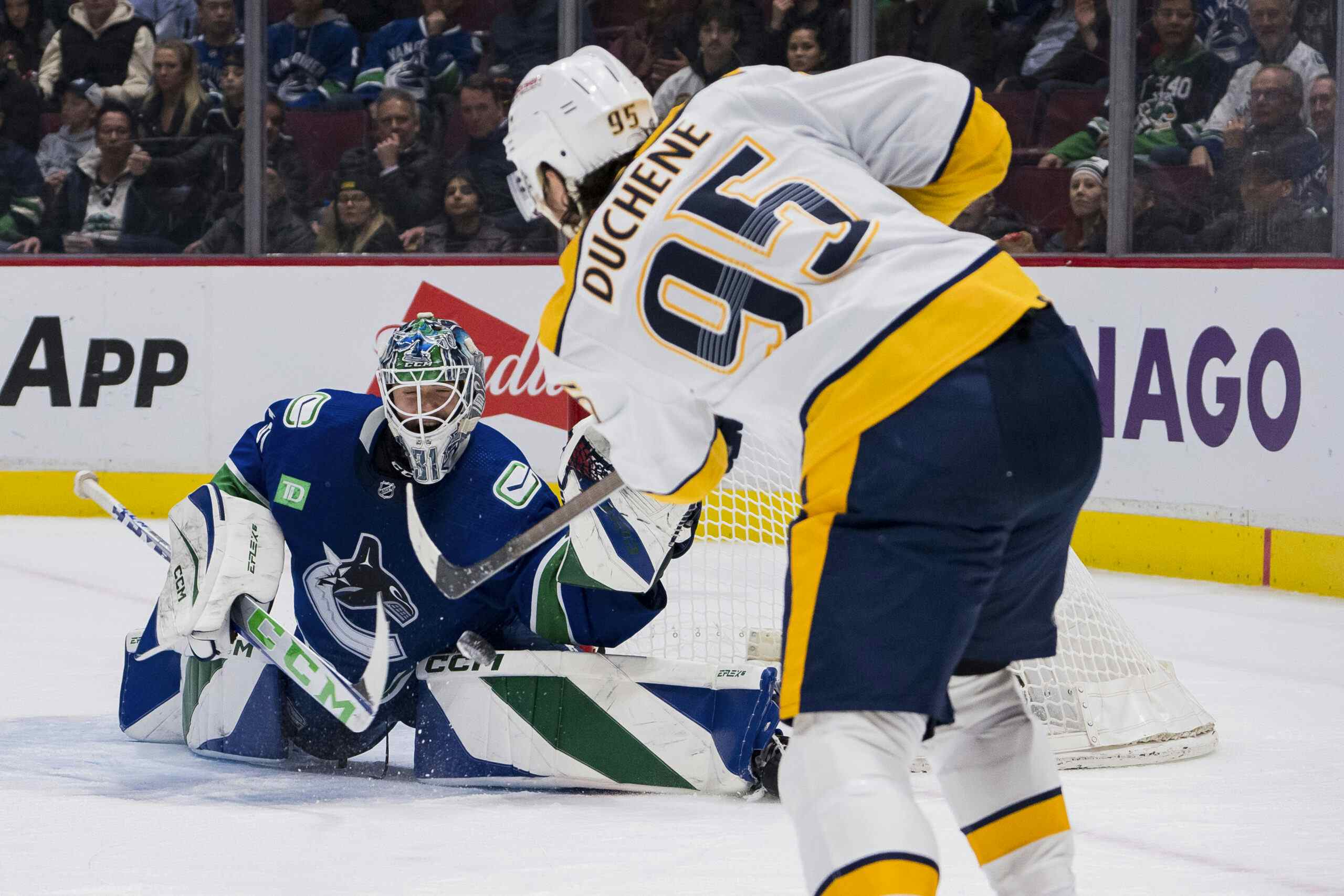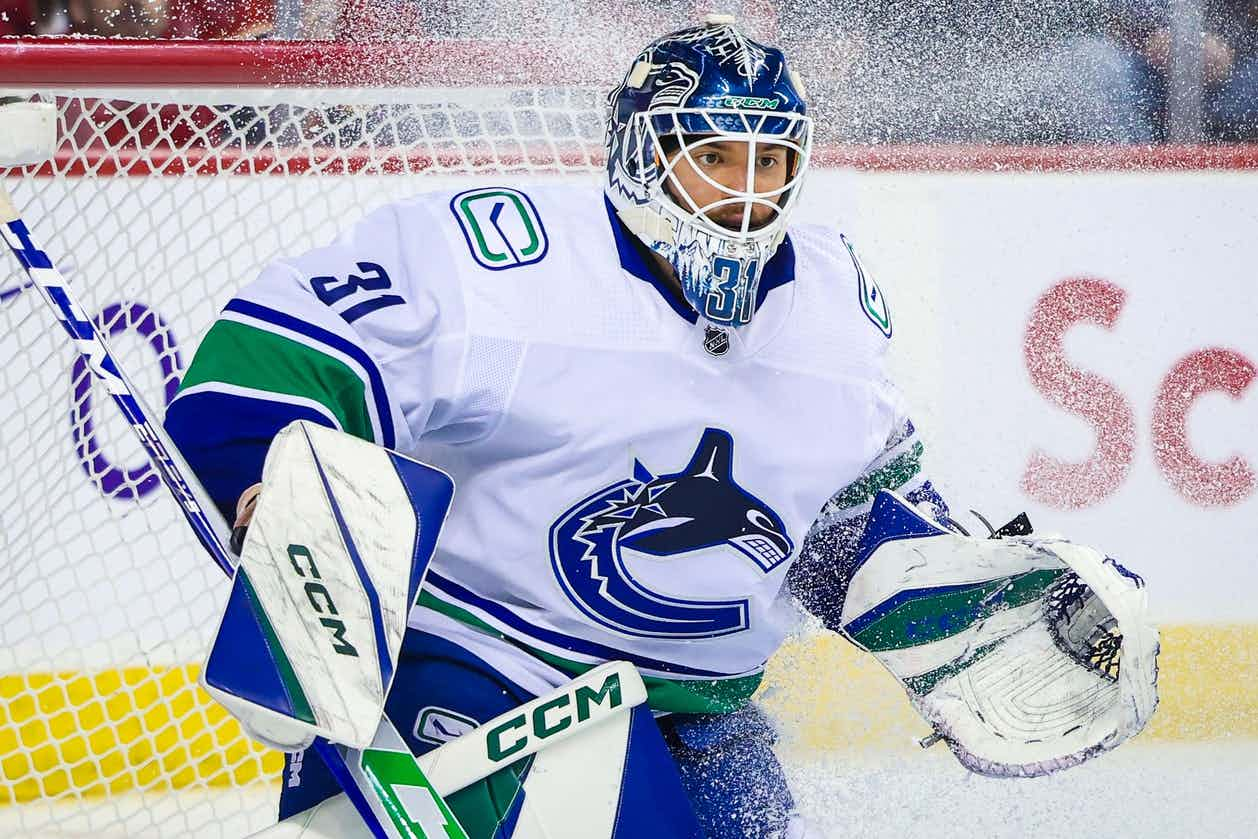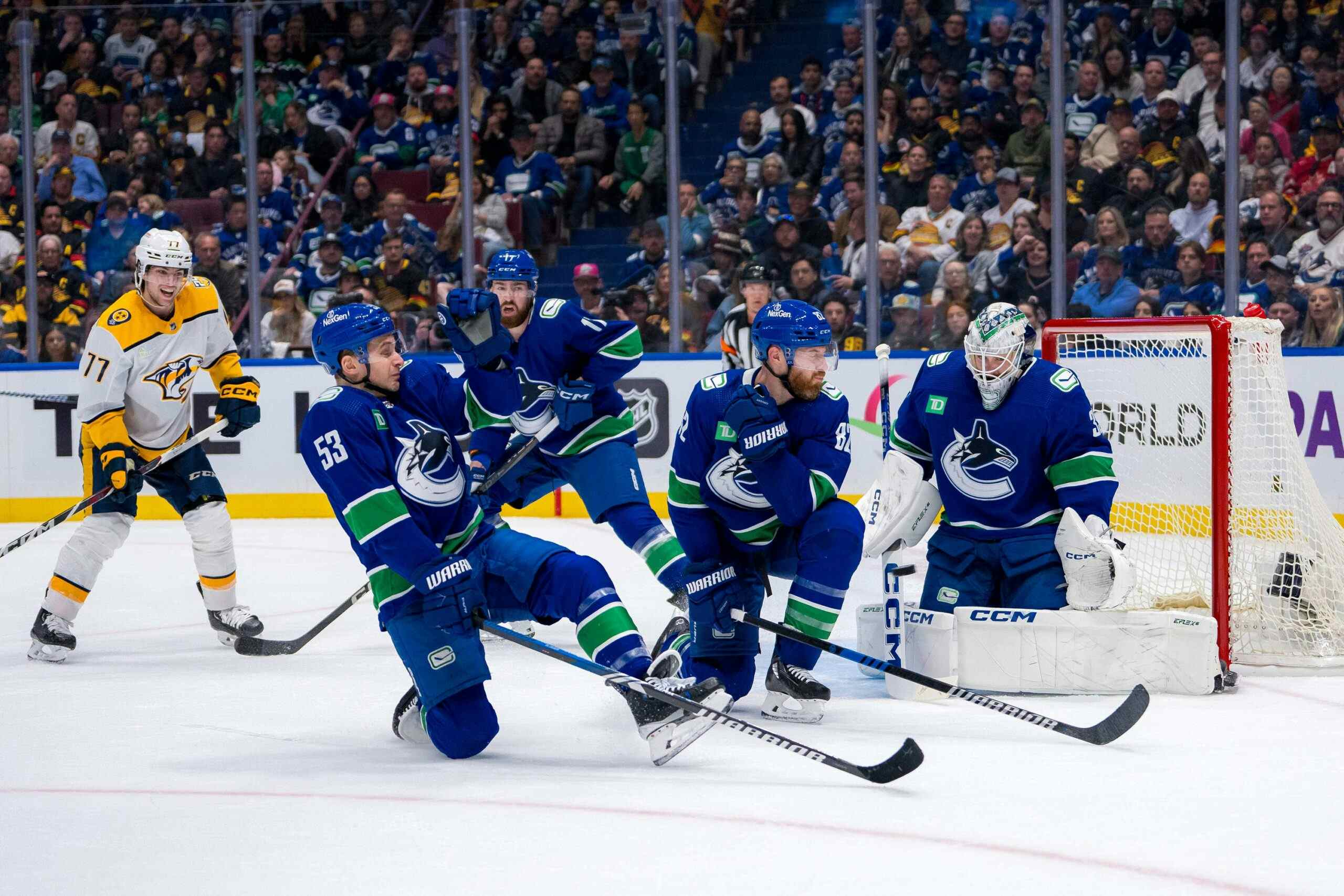The Raymond Misconception

Photo (Nick Didlick/Getty Images)
As expectations surrounding the Vancouver Canucks have skyrocketed the past couple of years – fans have developed a tendency to deal with defeat by blaming individual players for team performance. Mitchell and Luongo were the goats after the 09 Blackhawks loss, and Bieksa took a lot of flack all summer for the most recent loss to Chicago. In both cases – I’d suggest to you that the consensus view was unfair.
This season, we’ve seen various bloggers, twitter aficionados and media members occasionally point out a single player as a “major problem” for the team. Earlier in the year there was the general mistrust of Bieksa, Cam Davie – much like an opposing teams game plan – continues to target Aaron Rome, and I’ve expressed scepticism about Ehrhoff’s physical play all season. But recently a strange new consensus has emerged, it contends that Mason Raymond has had an “off-year,” and is now – at least according to the Kurtenbloggers – expendable. Though it’s undeniable that Raymond had a rough third period last night, I don’t think he had a particularly poor game overall. Certainly the exceptional level of fire he’s taking in the twitterverse for his play is undeserved, and I hope to demonstrate why.
This post has been in my head for about a month. I began to take a more in-depth look at Raymond’s production after reading a January column written by advanced stats guru Jonathan Willis conerning the decline in Raymond’s production. “The only reason for [Raymond’s] decline in points” wrote Willis, was, “the drop in [his] shooting percentage.” Willis pointed out that “if [Raymond] were still scoring at a 11.5% clip” (as opposed to his current 7.2% clip) – he’d be on pace to improve upon last seasons breakout performance. In thinking about Willis’ argument, I went back to watch the awesome post breaking down every goal Mason Raymond scored in the 09-10 season, as posted by Pass it to Bulis. In doing so, I noticed something important – almost a third of Raymond’s goals were scored on the power-play.
As anyone who watches Canucks games can tell you – a major difference between how the team is deployed now in comparison with last season, is that Newell Brown has wisely loaded-up the first power-play unit. The “loaded first unit” approach has been an overwhelming success – powering the Canucks to the top power-play conversion rate in the league. One ‘negative’ side-effect of employing this loaded unit, however, has been to decrease the amount of power-play time Mason Raymond gets by a rough average of 40 seconds per game. Not only has Raymond’s power-play time diminished, but the new power-play combinations have lessened the quality of that time as well. Instead of skating with a point per game player in Kesler on the second unit, Raymond is being centred by Malhotra.
It occurred to me that this change in the teams deployment was more decisive in accounting for the dip in Raymond’s production than shooting percentage; and that even the dip in shooting percentage was largely accounted for by the reduction in Raymond’s power-play time. I mentioned this point to Willis at the time, and he heartily agreed with me, while also adding that Raymond’s even-strength scoring rate was basically identical with last seasons.(*) In 82 games last season – Raymond had 18 power-play points (8 G, 10 A) and 53 points overall. This year he’s only got 5 power-play points (2 G, 3 A) in 50 games, but has still contributed 31 points. Clearly – reduced power-play time is a HUGE factor contextualizing Raymond’s diminished production.
(*) Don’t read the last two paragraphs as an indictment of Willis’ work, he’s a very insightful, stats based hockey blogger, and I highly recommend his columns and his twitter feed @jonathanwillis.
The criticisms of Raymond aren’t just based on his scoring – or lack thereof – critical fans also contend that he’s been playing soft. The constant refrain seems to be that he’s not going to the net, that he’s been fuffing around the offensive zone with the puck, and that he’s a turnover machine. That Raymond isn’t going to the net with the same willingness he showed last season is the most valid of these points. Not only is he not going to the net with the same panache he had last season – he also seems to be testing the speed of opposing defensemen less than he used to. Remember his signature speed move down the left wing, that would usually conclude with a clumsy effort to bring the puck out front and direct the puck on net? We used to see Raymond challenge defensemen in this manner with regularity, but it has seemingly vanished from his arsenal this season. The other area where I think Mason Raymond has been subjectively less effective than he was last season is on the fore-check. Last year he was a force – the best forechecker on the club – this season that title has gone to Jannik Hansen, as Raymond’s efforts on the forecheck have been far less disruptive.
But even conceding those points, Raymond certainly isn’t a turnover machine. At the very least he hasn’t had any particularly memorable and gruesome turnovers, and his turnover/takeaway ratio is +11. His plus/minus has also taken a positive jump.(**) Raymond’s adjusted CORSI rating (***) has improved over last season as well, and is the highest for any forward whose last name isn’t Sedin or Kesler on the team.
(**) qualification: +/- is second behind shutouts in the pantheon of over-rated hockey stats, and real-time NHL stats are about as reliable as Tony Parker is when left alone with your spouse or girlfriend.
(***) CORSI is good measure of whether or not a player tends to move the puck in the right direction. For more info check out behindthenet.ca
Yesterday, @camcharron pointed out to me that – despite his ‘struggles,’ Raymond has been generating an awful lot of chances, and has at least two shots per game in 16 of the last 17 games. An uncharitable fan might take this opportunity to criticize Raymond’s lack of finish – but Raymond’s current shooting percentage is well below his career average. We can likely expect his shooting percentage to improve over the balance of the season, especially if Raymond continues to generate chances at his current rate. Mason Raymond’s passing has also improved, in fact, it has improved a lot. He’s on pace for the same number of assists he had last season – this despite missing a handful of games to injury, playing hurt early in the year and seeing his power-play time cut dramatically. That’s impressive. It’s also where the criticism of his perimeter play in the offensive zone falls flat. Raymond’s play-making skills have improved this season – both statistically and subjectively – so though it might appear that Raymond is making inefficient plays in the offensive zone, I interpret it as him demonstrating improved puck-control and patience. To a large extent – it’s working for him.
So Raymond has had a less productive season than he had last year. He’s battled injury; by design he’s utilized less on the power-play; and he’s drawing the ire of the fan-base for playing “soft.” Sounds grim. My take on this however, is that Canucks fans should calm down. Raymond is young, there are other factors that explain his drop in production, he’s affordable, he’s still improving, and he fits too well on this team to be “expendable.” With fleet forwards like Kesler, Raymond, Hansen and Tambellini and quick Defensemen like Bieksa, Ehrhoff, Ballard and Hamhuis – the Canucks are among the fastest – if not the outright fastest – skating team in the league. It’s the Canucks identity – roughly 25 other teams literally can’t keep up with the pace of the Canucks team-speed. Trading Raymond at the deadline – even for a borderline top-ten powerforward like Andrew Ladd, were he available – would somewhat mitigate the part of the Canucks game that is hardest for most NHL teams to match up against. Raymond is getting his chances and moving the puck well, and eventually if he keeps it up he’ll get the sort of bounces that have eluded him so far this season. I expect we’ll see him break this slump, gain confidence and hopefully get hot down the stretch. In the meantime – look at the evidence – Raymond isn’t a goat on this team, he’s a key cog on a dangerous second line who has accepted a lesser offensive role without grumbling, while quietly improving his all around play.
Thomas Drance is an opinionated blowhard and a lifelong Canucks fan. You can follow him on twitter: @artemchubarov.
Recent articles from Thomas Drance





